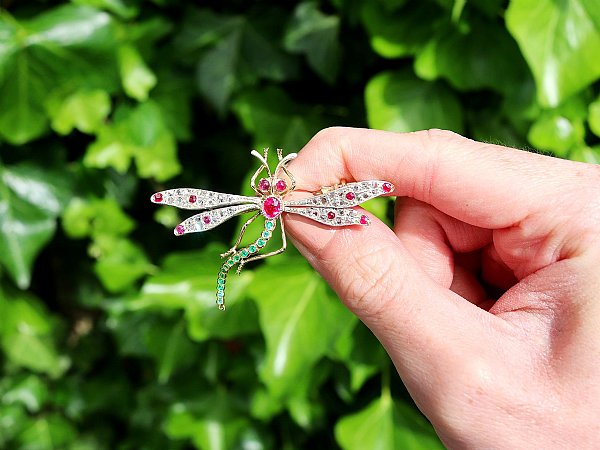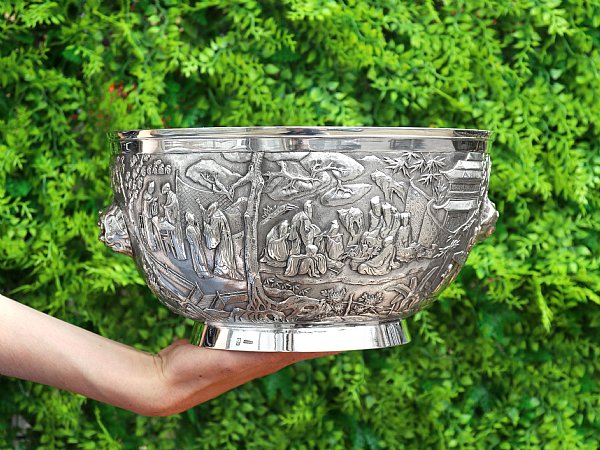Search Results for: '{{searchText}}'
Sorry...
We don't seem to have what you're looking for.
However we do have thousands of magnificent pieces of silver and jewellery available for you to view online. Browse our store using one of these categories.
Please wait for loading data... 
Browse these categories under "Edwardian Jewellery"
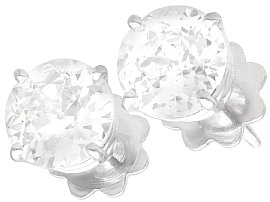
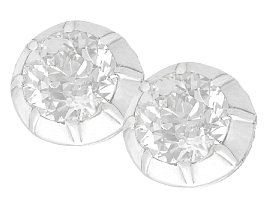
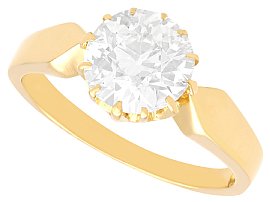

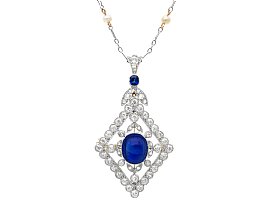
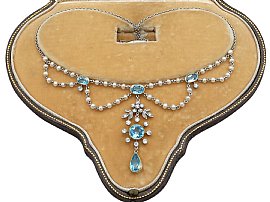
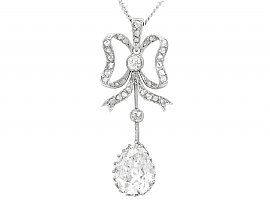
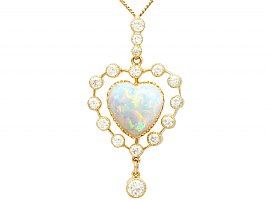
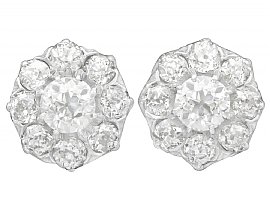
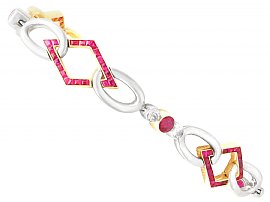
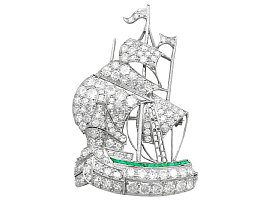
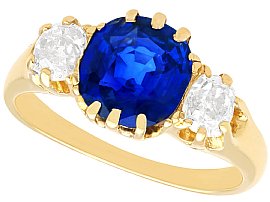
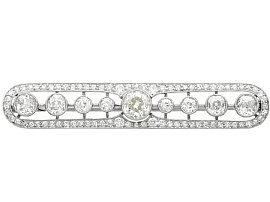
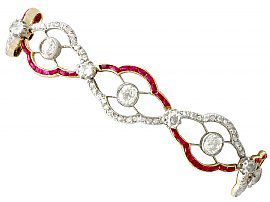
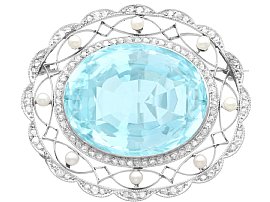
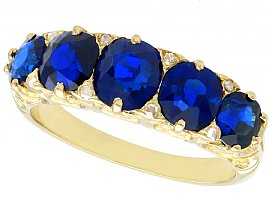
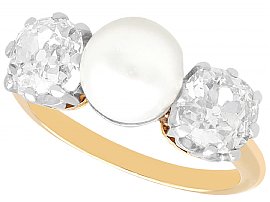
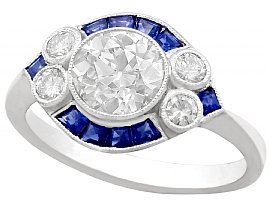
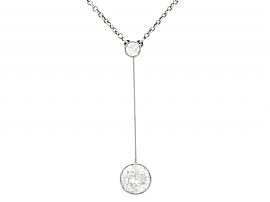
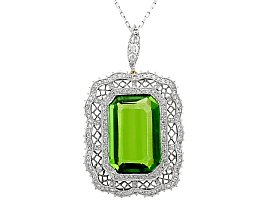
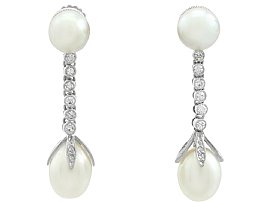
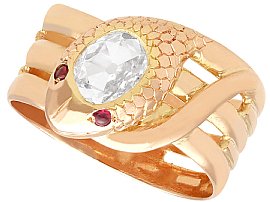
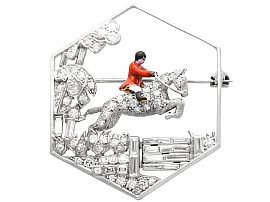
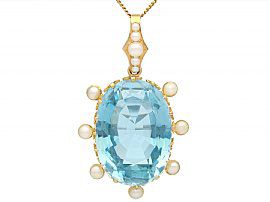
Edwardian 3.48 ct Diamond Stud Earrings in Platinum
Price: GBP £29,950.003.58ct Diamond and 14ct Yellow Gold, Silver Set Stud Earrings - Antique Circa 1910
Price: GBP £18,750.002.16ct Diamond and 18ct Yellow Gold Solitaire Ring - Antique Circa 1910
Price: GBP £14,950.004.20ct Diamond and Platinum Bracelet
Price: GBP £13,950.00Antique 4.40ct Basaltic Blue Sapphire and 3.14ct Diamond, Pearl and 12ct Yellow Gold Pendant/Brooch
Price: GBP £13,950.00Antique 4.73 ct Aquamarine and 0.54 ct Diamond, Seed Pearl Necklace
Price: GBP £12,950.002.69ct Diamond and Platinum Pendant - Antique French Circa 1910
Price: GBP £11,950.005.48 ct Opal and 2.91ct Diamond, 15 ct Yellow Gold Heart Pendant - Antique Circa 1910
Price: GBP £11,950.003.37 ct Diamond and 12 ct Yellow Gold Cluster Earrings - Antique Circa 1910
Price: GBP £9,950.002.16ct Ruby and 1.26ct Diamond, 14ct Yellow Gold Bracelet - Antique Circa 1910
Price: GBP £9,950.002.65 ct Diamond and 0.28 ct Emerald, Platinum Ship Brooch - Antique Circa 1910
Price: GBP £9,845.002.84ct Ceylon Sapphire and 1.04ct Diamond Trilogy Ring in 18ct Yellow Gold
Price: GBP £8,950.00Edwardian 5.00ct Diamond Brooch in Platinum - Art Deco - Antique French Circa 1910
Price: GBP £8,950.004.31 ct Diamond and Synthetic Ruby, 18 ct Yellow Gold Bracelet - Antique Circa 1910
Price: GBP £8,525.0043.84 ct Aquamarine, 0.85 ct Diamond and Pearl, Platinum Brooch - Antique Circa 1910
Price: GBP £8,450.003.15 ct Basaltic Sapphire and Diamond, 15 ct Yellow Gold Five Stone Ring - Antique Circa 1910
Price: GBP £7,950.001.70ct Diamond and Natural Saltwater Pearl, 18ct Yellow Gold Trilogy Ring - Antique Circa 1910
Price: GBP £7,950.001.48ct Diamond and 0.46ct Sapphire, Platinum Dress Ring - Antique and Contemporary
Price: GBP £7,645.001.67ct Diamond and 15ct Yellow Gold Necklace - Antique Circa 1910
Price: GBP £7,645.0015.66ct Peridot and 1.65ct Diamond, 14ct Yellow Gold Pendant - Antique Circa 1910
Price: GBP £7,645.00Natural Pearl and 0.36ct Diamond, Platinum Drop Earrings - Antique Circa 1910
Price: GBP £7,645.00Edwardian 0.73ct Diamond and Ruby Snake Ring in 18ct Rose Gold
Price: GBP £6,950.00Edwardian 1.77ct Diamond, Enamel Horse and Huntsman Brooch in Platinum
Price: GBP £6,950.0030.41ct Aquamarine and Pearl, 15ct Yellow Gold Pendant - Antique Circa 1910
Price: GBP £6,950.00